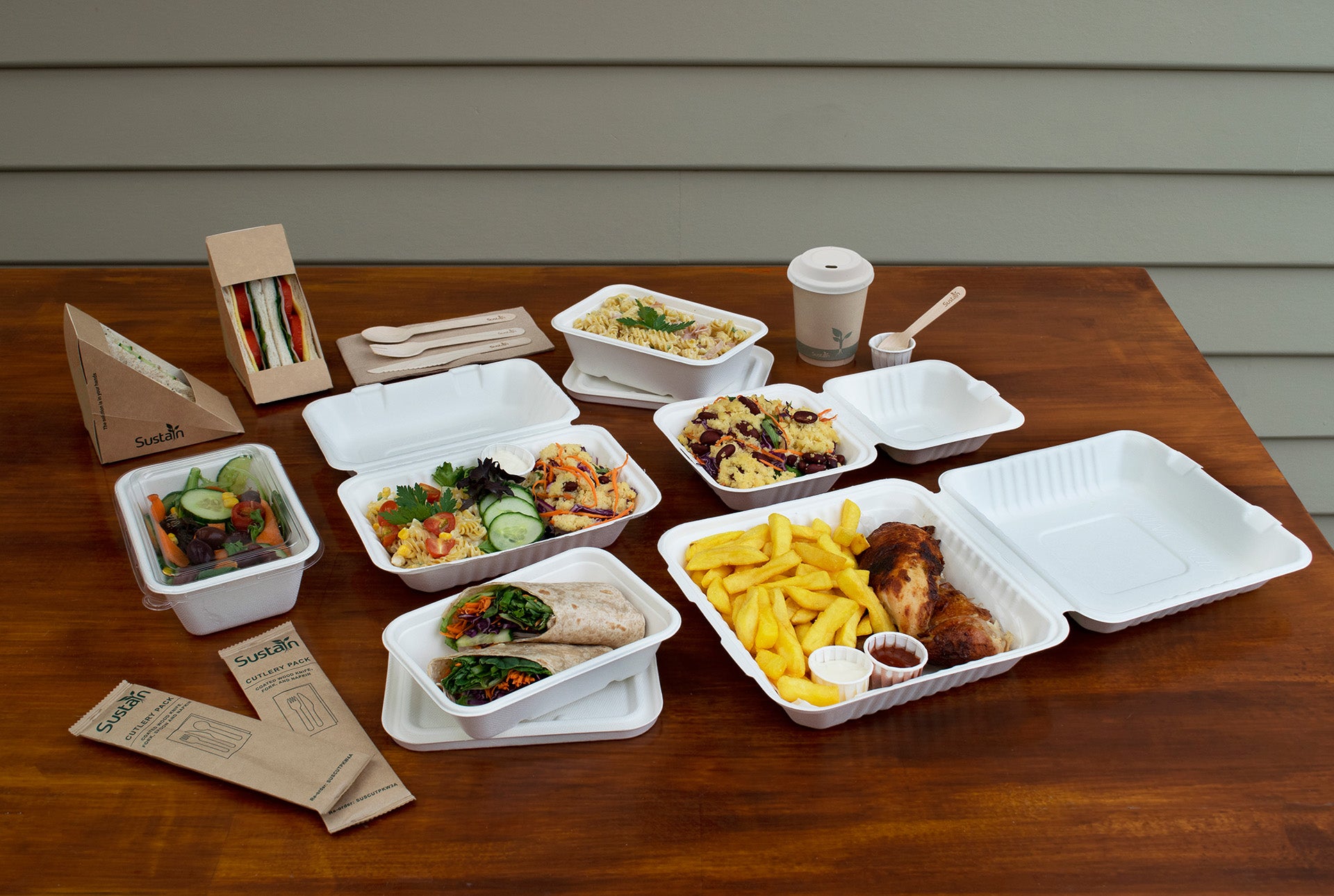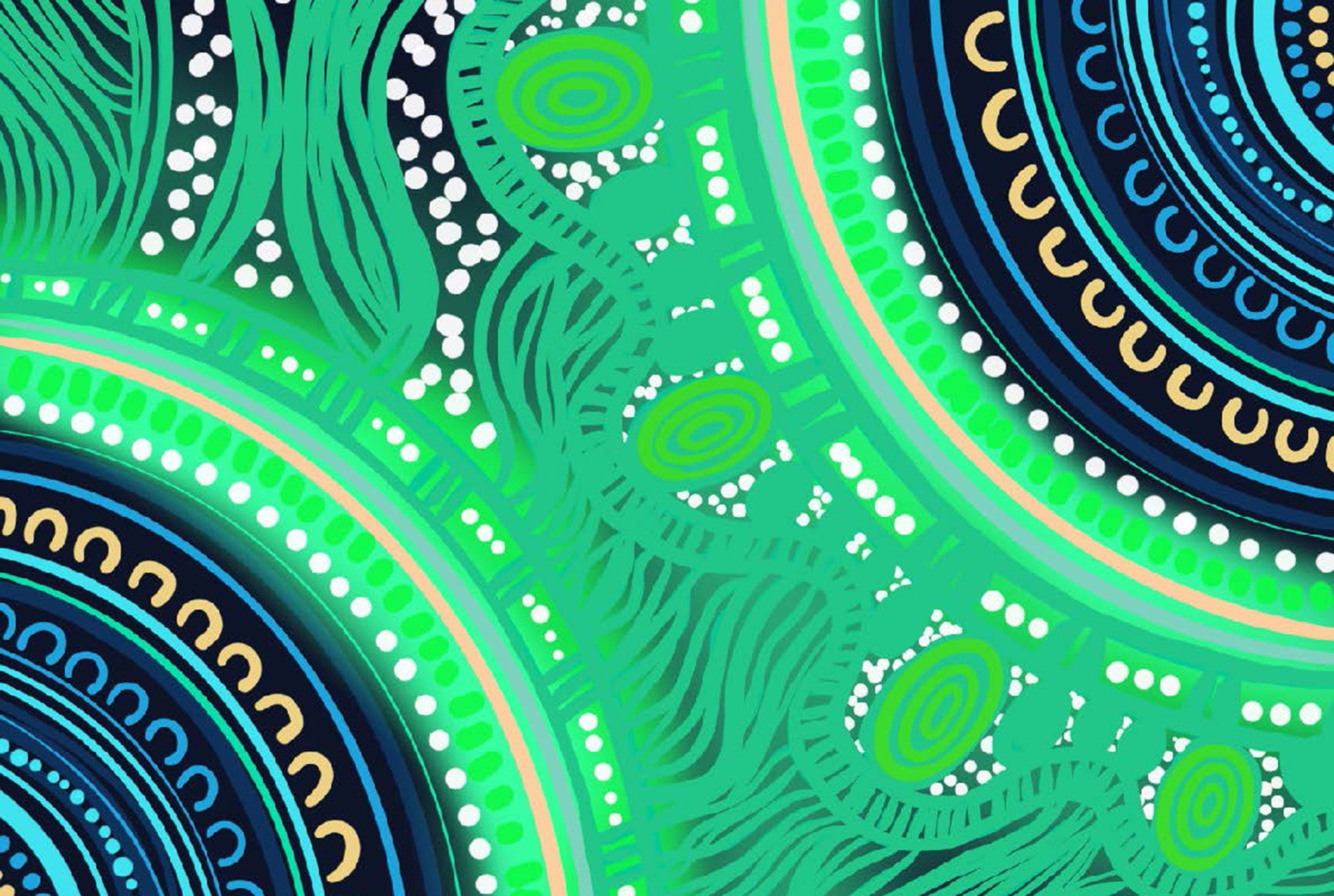According to the Continence Foundation of Australia, incontinence affects 1 in 4 Australian adults and describes the involuntary loss or leakage of urine or faeces in individuals. Research has also shown that proper continence management plays an important part in the everyday lives of people affected by incontinence.
There are several different types of incontinence which can be caused by a variety of things, including underlying medical conditions, lifestyle factors or surgery. Knowing what type of incontinence you're dealing with can help you choose the correct incontinence products.
So, what are the causes of urinary incontinence and how can they be managed?
Different Types of Urinary Incontinence
Stress Incontinence
Commonly referred to as exercise incontinence, this is the most common form of incontinence and occurs when excess pressure is placed on the bladder and a weakened pelvic floor muscle - leading to the loss of small amounts of urine.
In women, stress incontinence can be the cause of aging and a less elastic bladder, meaning that the bladder muscles can’t stretch as much as they once did and resulting in an overactive bladder. Having an overactive bladder will cause you to urinate more frequently.
For men, an overactive bladder may be the sign of an enlarged prostate gland which can cause the release of urine involuntarily. Stress incontinence in men is also a common after-effect of medical operations or surgeries like prostate surgery – and can be temporary or long-term.
Pregnancy Incontinence
Pregnancy is one of the leading causes of urinary incontinence in women with research showing that over 40% of pregnant women will experience urinary incontinence. Urinary Incontinence can also occur any time after pregnancy with 1 in 3 women experiencing incontinence.
As a result of hormonal changes, the pregnant belly puts extra pressure on the bladder, and when paired with a weakened pelvis floor muscle post-birth, incontinence commonly occurs. This is the reason that using incontinence products like pads or liners is common during and after pregnancy.
Urge Incontinence
Urge Incontinence is the very sudden urge or immediate need to urinate that cannot be stopped. This can sometimes be caused by nervous disorders, while medication or large amounts of alcohol can also play a role. Urge incontinence can also be a result of menopause in women, which can weaken the pelvic floor muscles.
Menopause is a hormonal transition where women commonly aged 45 to 55 experience a reduction in oestrogen. This can result in a more frequent urge to use the toilet and can also be an indicator of a prolapse.
Weight gain and obesity may also be another cause of urge incontinence as the extra pressure of your body weight can create strain on the pelvic floor muscles.
Overflow or Drip Incontinence
Overflow or Drip Incontinence describes a person's inability to completely empty their bladder due to an obstruction and, as a result, can cause urine leakage.
Drip incontinence can also be caused by fistulas which occurs when there is a hollow pathway from one organ, like the bladder, to another. These forms of incontinence can cause constant dribbling where the flow of urine is disrupted.
Occurring most often when there is damage to the nerves and muscles around the bladder, this form of incontinence appears more commonly in men who may have a blockage like an enlarged prostate or tumours - leading to urinary retention.
Overflow or Drip Incontinence can be a temporary or long-term issue for you and can create other complications if not managed like urinary tract infections.
Functional Incontinence
Functional Incontinence is the result of being unable to retain urine due to an alternate health condition. The health conditions that can cause Functional Incontinence are psychological or physical conditions that make it difficult to reach the toilet.
Functional incontinence often occurs in people with eye problems and those who are bedridden. Management of functional incontinence is specific to the individual and what kind of continence aids may be required.
Reflex Incontinence or Neurological Incontinence
Reflex incontinence or Neurological Incontinence are terms used to describe any incontinence that is caused by neurological disorders such as Parkinson’s Disease, Multiple Sclerosis (MS) or even spinal cord injury.
These kinds of incontinence occur when there is a disruption of the messaging from the brain to the bladder. More specifically, this is where the urinary system loses its normal function and the messaging from the brain to the urinary sphincter is affected.
Reflex or Neurological Incontinence can also be a side effect of radiation, surgical trauma or disease.
Bowel Incontinence
Bowel Incontinence (also known as Faecal Incontinence) is the unintentional loss of stool. The most common form of bowel incontinence occurs when there is damage to - or a weakening of - the anal sphincter muscle. These can be caused by congenital abnormalities or form after complications from a surgery or medical operation.
Constipation, diarrhea and pelvic organ prolapse (which can include the bladder, uterus, vagina and rectum) can all be causes of Bowel Incontinence and can be managed with urology and bowel care products.
Incontinence Management
Effective incontinence management can be actioned through treatments or products designed specifically to help those who experience incontinence. It is important to understand that every product or treatment may not work for every person and that finding something that works best for your lifestyle will contribute heavily to the your wellbeing.
Management incontinence can also include different techniques, exercises, medications and devices that can be used to prevent and treat incontinence. They can be introduced for both urinary and bowel incontinence and for men and women.
Incontinence Products
Incontinence products are used to prevent urine leakage and allow those with incontinence to continue their days as normal. These products include absorbent pants, pads and even underlays for bed protection.
When choosing the right product for yourself, there are some important factors to consider such as size, fit and comfort. If a product is too large, it can increase the risk of leakage, while a product that is too small will be uncomfortable.
Tip: Your hip circumference is the best way to measure for correctly fitting continence aids.
When choosing the right incontinence product, your mobility and lifestyle should always be considered. In nursing homes, where over 25% of residents are incontinent, products with adhesive strips are preferred as they are easier for healthcare workers to change. For more active individuals, aids like pants or liners are a better choice as they are easier to change and replace independently.
People with incontinence are also at a higher risk of developing skin problems such as Incontinence-Associated Dermatitis (IAD). Using specialised skincare products and choosing incontinence products with high absorbency and easy application will help protect and care for your skin.
Treatment for Urinary Incontinence
Following your personal medical advice is the best way to treat your incontinence and are often behavioral techniques that help strengthen the pelvic floor muscle. Muscle contraction exercises are done to tighten the muscles that you would normally use to urinate (such as kegels).
Bladder training is also commonly suggested, which involves delaying the time where you pass urine after you feel the urge. This would be done with the intention to increase the length between trips to the toilet.
Double voiding is the action of urinating, waiting for a few minutes to then try again. Double voiding allows you to learn how to completely empty your bladder to avoid drip or overflow incontinence.
The more extreme cases of incontinence may result in more intrusive methods of continence management. A catheter may need to be inserted into your urethra periodically to drain the bladder.
Understanding why incontinence occurs will help you find the best solutions to managing it. While you’re learning to treat incontinence, you may need more supportive products to continue your daily activities without the fear or worry of their incontinence. Learning how to choose the right incontinence product for your situation is key.
ABENA offers ranges of liners, pads and pants with different sizing, absorbency and shape design to ensure the best fit for those using them.
Explore ABENA’s Range of Incontinence Products Here
Authored by Stephanie Bennett.




